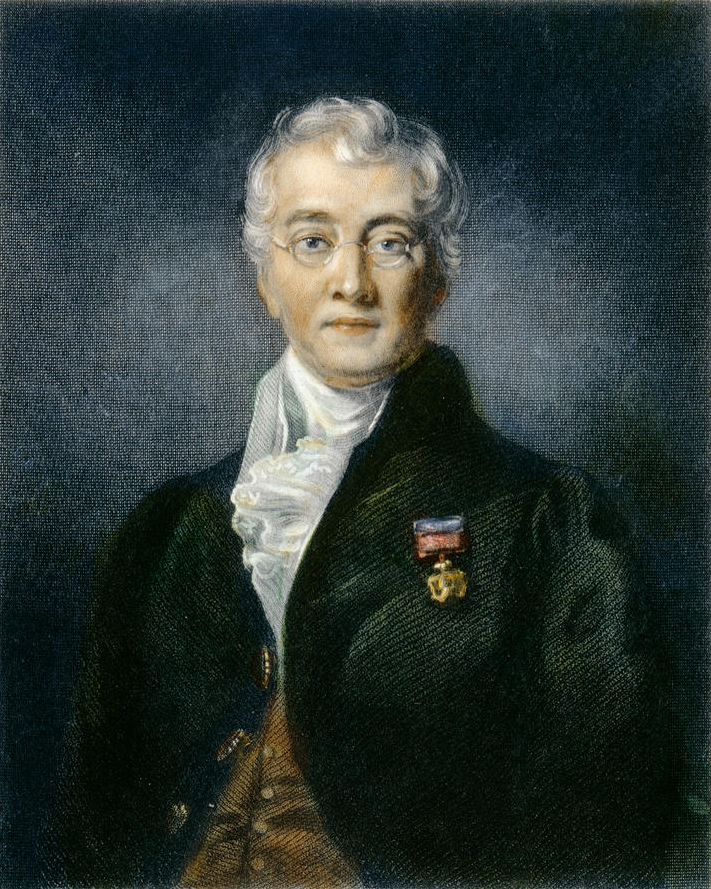
1) As an intern, GP or a gen med resident, you are constantly exposed to MR imaging of the brain. This is a complicated imaging modality that requires a radiologist for optimum analysis and reporting. But you must know the basic sequences and how to identify them.
2) The five most common sequence that we use in internal medicine are the T1 (with or without contrast), T2, FLAIR, DWI and ADC sequences. SWI/GRE sequences are also used in certain cases.
3) First check whether the soft tissue of the scalp and the skull (black) are visible or not --> if yes, you are dealing with T1,T2 or FLAIR.
4) If the white matter (WM) is brighter than gray matter (GM) --> T1 --> visualization of vessels at the cortical surface --> T1+C
5) If WM is darker than GM --> check CSF --> if CSF is bright --> T2.
If CSF is dark --> FLAIR (this is because the FLAIR sequence is nothing but a T2 with a 180 deg RF pulse to render CSF black --> this makes the periventricular demyelination of MS easier to see!
If CSF is dark --> FLAIR (this is because the FLAIR sequence is nothing but a T2 with a 180 deg RF pulse to render CSF black --> this makes the periventricular demyelination of MS easier to see!
7) If the soft tissue of the scalp is not clearly visible, it is most likely diffusion weighted imaging. If CSF is dark --> DWI and if CSF is bright --> ADC. 

8) This is NOT the way radiologists report MRI sequences --> this is an empirical way to recognize the MRI sequences in day to day practice --> for junior doctors.
This will also help you in several image based NEET PG questions.
This will also help you in several image based NEET PG questions.
9) I am greatly indebted to @drdevrad for teaching me a lot of radiology in the past 3 years --> this is an empiric sequence recognition technique I have adapted from his teaching.
For any questions regarding MRI technology, please refer to him!
#MedTwitter
For any questions regarding MRI technology, please refer to him!
#MedTwitter
10) Not a radiologist by profession, so some mistake might have crept in inadvertently. All opinions are welcome :)
#radiology
#MRI
#neuroimaging
#radiology
#MRI
#neuroimaging
• • •
Missing some Tweet in this thread? You can try to
force a refresh





